
Orders of France - from the Middle Ages to the present day
The Orders of France are part of the state award system, which has undergone numerous changes throughout its existence. The evolution of these distinctions is closely linked to the country's historical development and French political and religious traditions. The first Orders of France emerged in the early Middle Ages and over the centuries, they experienced abolition and revival, with some of them still existing today as dynastic honors.
The origin of the order system in France
The first French orders appeared in the 14th century and at that time had little resemblance to modern awards. Ancient orders of the French royal house were created on the model of warrior monastic brotherhoods and represented an alliance of knights led by a sovereign, who united the most titled nobles in the state. The organization had its statutes, hierarchy, symbolism, castle, and even special clothing. Entering the circle of the chosen was considered a great honor, as the king himself would dub the knights.
Medieval French orders gradually expanded, and their structure became more complex. All knights wore special identifying signs, well understood by the initiated. Regarding ancient European orders, specialists often use the term "insignia" (from Latin "insigni" - "distinction mark") since they served not as awards but as symbols of a knight's status. At first, insignia were sewn onto clothing, and later stars and crosses were worn on a neck chain.
In 1352, King John the Good (Jean II le Bon) founded the first secular order of France, the Order of the Star. The knights who belonged to it swore an oath to faithfully serve the House of Valois and support the sovereign in the struggle against the English. Miniatures have been preserved that suggest the organization's symbol was a gold-embroidered eight-pointed star attached to the mantle. The order did not last long as it was closely tied to the reputation of a king who turned out to be unsuccessful. The monarch was defeated by the English army at the Battle of Poitiers and soon died in captivity, so his initiative was preferred to be forgotten.
The founder of French orders is traditionally considered to be Louis XI of the Valois dynasty, who managed to break the resistance of feudal lords and establish absolute monarchy. In 1469, the sovereign announced the creation of a knightly order, which included thirty close nobles. The sign of affiliation with this chosen group became the Order of Saint Michael, which descendants of the royal dynasty have the right to award to this day. For a hundred years, it remained the only one, and then Henry II established the equally well-known Order of the Holy Spirit, which is still prominent in our time.
The nobility took pride in belonging to the chosen caste and proudly wore knightly crosses on lavishly decorated chains. The only drawback of these awards was that they could only be obtained by people of noble origin. However, by the late 17th century, French society was rapidly changing, with the increasing influence of the bourgeoisie, and individuals of humble origins found favor among the king's favorites. There arose a need to reward officers who had distinguished themselves in battles, often lacking high titles.
Orders of France from the 17th to the 20th century
During the reign of Louis XIV, France became the most powerful European state, exerting enormous influence on the policies and culture of other countries. In 1693, when the monarch established the first military order in world history, the Order of Saint Louis, for systematic awarding of officers for "virtue, merits, and outstanding service," other European monarchs followed the example of the "Sun King." Military awards subsequently appeared in Prussia, Sweden, Austria, and Russia.
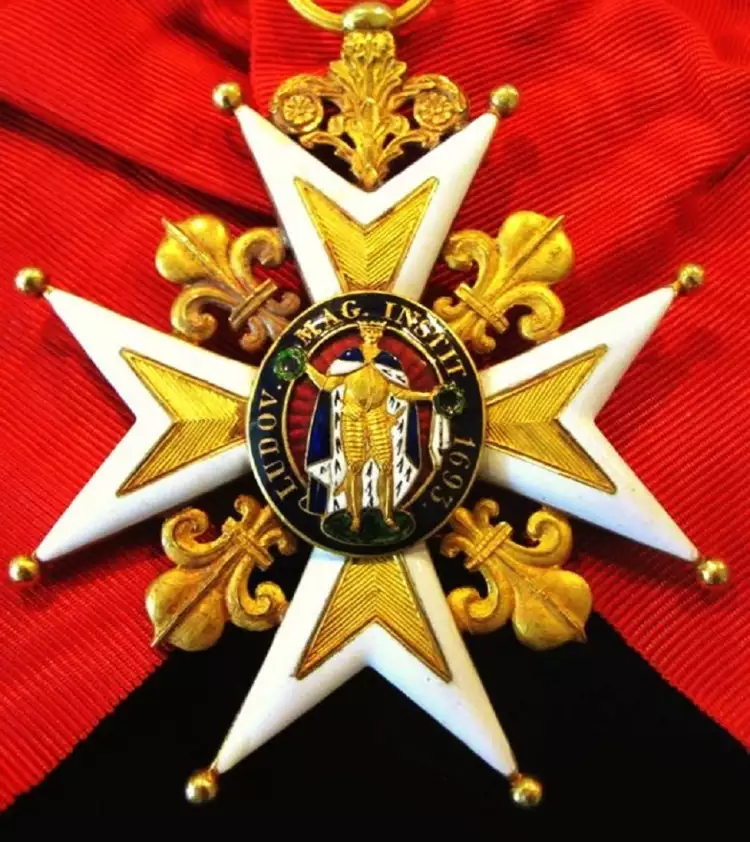 Orders of France. Order of St. Louis
Orders of France. Order of St. Louis
The French Revolution and the internal conflicts that followed radically changed the situation with awards. The decree of the National Assembly on January 1, 1791, abolished all existing knightly and monarchical orders and established the unified insignia of Military Merit, which lasted exactly a year and was canceled after the proclamation of the Republic.
The most famous award in world history, the Legion of Honour, was established in 1802 at the initiative of Napoleon Bonaparte. This order became the first of a new format, awarded without distinctions of ranks, titles, or positions, for both military and civilian merits. The highest state award survived all upheavals and restorations and, with slight modifications, has persisted to the present day.
Throughout the 19th century, France pursued a policy of colonial expansion in Africa and Southeast Asia, where a series of decorations were established for the conquered countries, including orders such as:
- Order of the Black Star.
- Order of Nichan Iftikhar.
- Order of Cambodia.
- Order of the Star of Anjouan.
- Order of the Dragon of Annam.
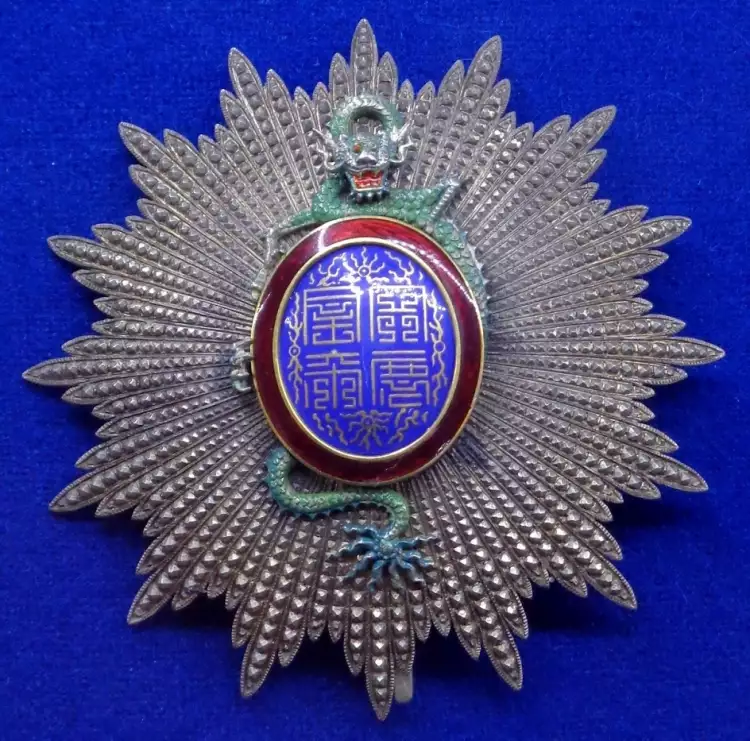 Orders of France. Colonial Order of the Dragon of Annam
Orders of France. Colonial Order of the Dragon of Annam
In parallel, so-called "ministerial orders" were established, rewarding outstanding achievements in the development of industry, agriculture, tourism, healthcare, and social spheres.
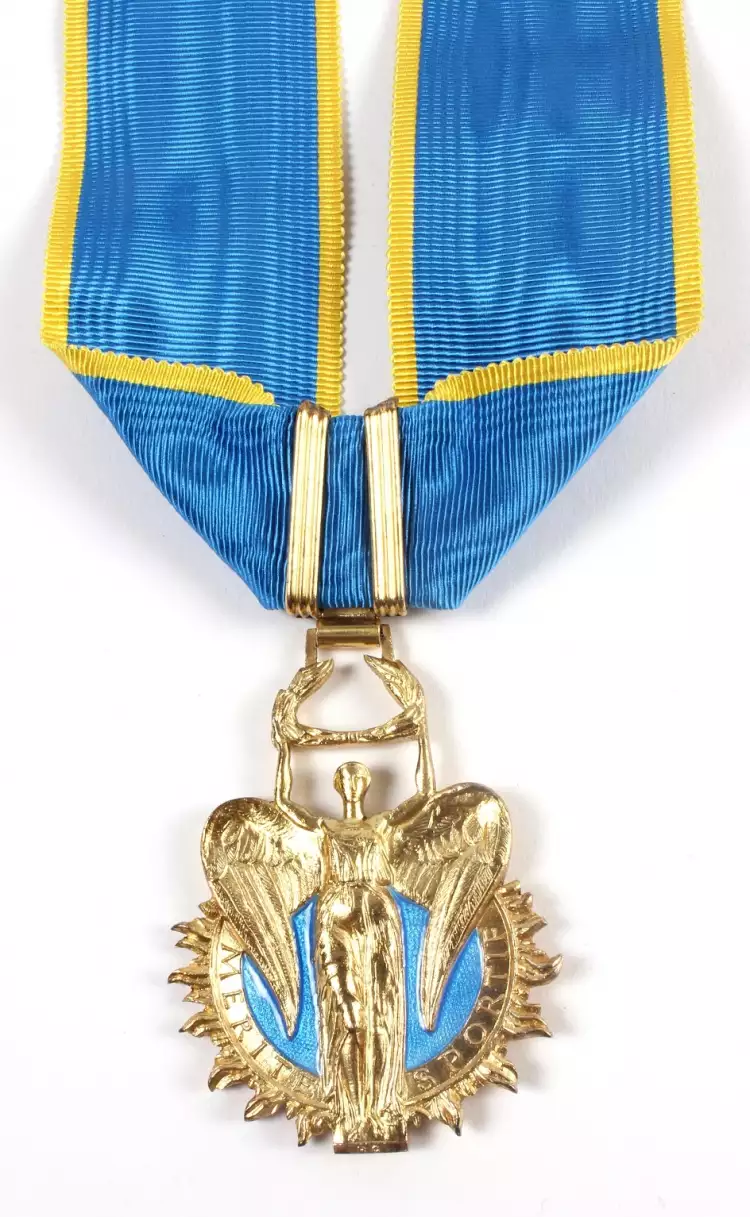 Orders of France. Order of the Post Office
Orders of France. Order of the Post Office
During the fascist occupation, General de Gaulle (Charles de Gaulle) led the Resistance movement and in 1940, following the model of medieval knightly orders, he founded the Order of Liberation, where he took on the position of the first and only Grand Master. The insignia had one degree - "Companion," which was awarded for feats in the fight against German invaders.
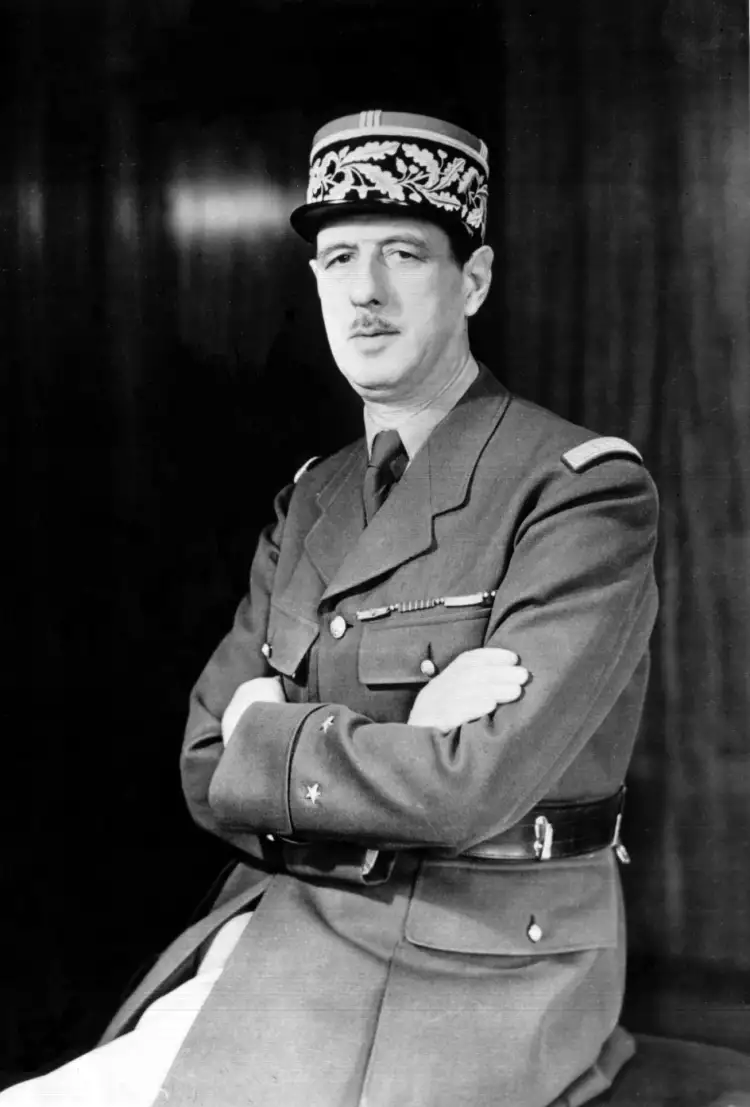 Orders of France. General Charles de Gaulle, 1941
Orders of France. General Charles de Gaulle, 1941
Reform of French awards
By the first quarter of the 20th century, the country had a well-organized and logical system of awards, formed over the centuries. After a brief period of revolutionary upheaval, the Republic, which replaced the monarchical regime, picked up and developed the historically established trends in the award system and introduced new features: democracy and social equality.
However, after the end of World War II, the country faced a complex and confusing system of rewards. Most colonies had long gained independence, and the vast number of departmental awards diminished their value. In 1958, General Georges Catroux initiated a comprehensive order reform, which was later supported by the elected president of the country, Charles de Gaulle.
The head of state aimed to harmonize and simplify the cumbersome structure, which by that time included a total of 90 honorary insignias. As a result, foreign orders acquired the status of overseas orders, and departmental orders were abolished. Instead, a new order of National Merit was established, becoming the second most important in the country. All discontinued awards were declared historical treasures.
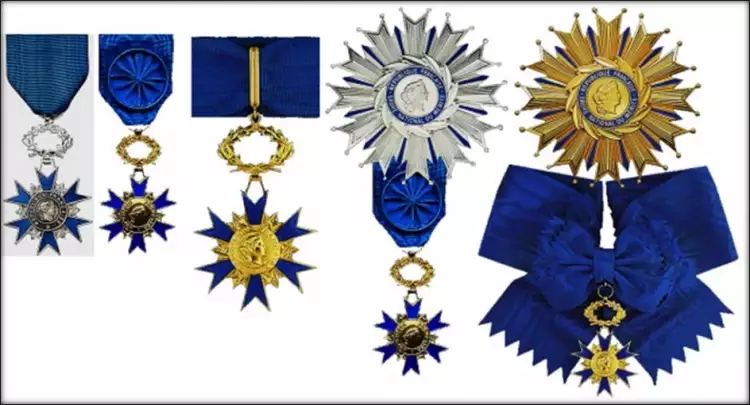 Orders of France. Order of National Merit
Orders of France. Order of National Merit
The most famous orders of France:
- Order of Saint Michael.
- Order of the Holy Spirit.
- Legion of Honour.
- Order of the Union.
- Order of Agricultural Merit.
- Order of Liberation.
- National Order of Merit.
Collections of rare insignias are carefully preserved in the Salms Palace building in Paris, which has operated as a museum (Musée national de la Légion d'Honneur et des Ordres de Chevalerie) since 1925. The exhibits provide an insight into the development of the award system from the time of Louis XI to the present day. Rare examples of phaleristics come from private collections and the storage of national museums. The most valuable exhibit is the order chain that belonged to Napoleon I.
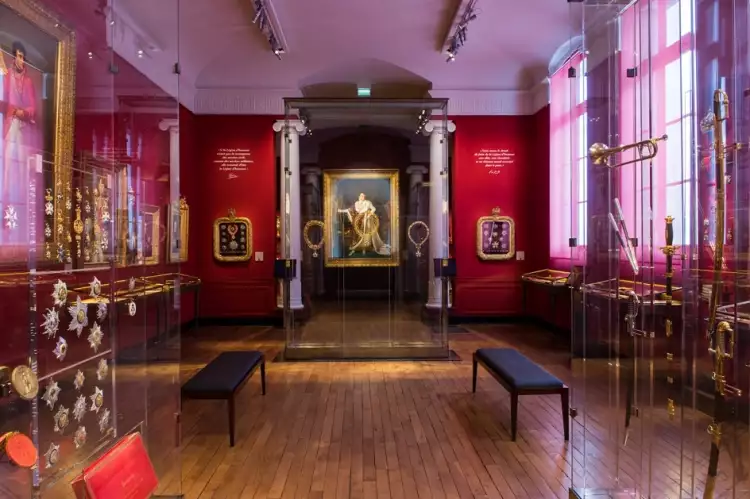 Orders of France. National Museum of the Legion of Honor and Orders of Chivalry
Orders of France. National Museum of the Legion of Honor and Orders of Chivalry
Visitors to the Very Important Lot portal can participate in antique auctions and acquire rare works of art from the past. The platform offers the opportunity for all phaleristics enthusiasts to buy orders and art objects of various styles and trends directly from antique shops.
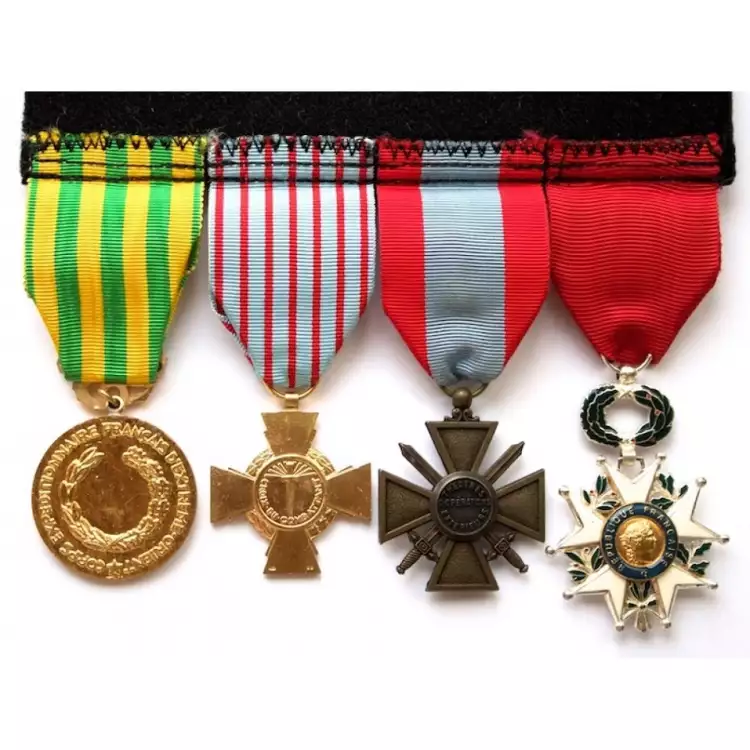
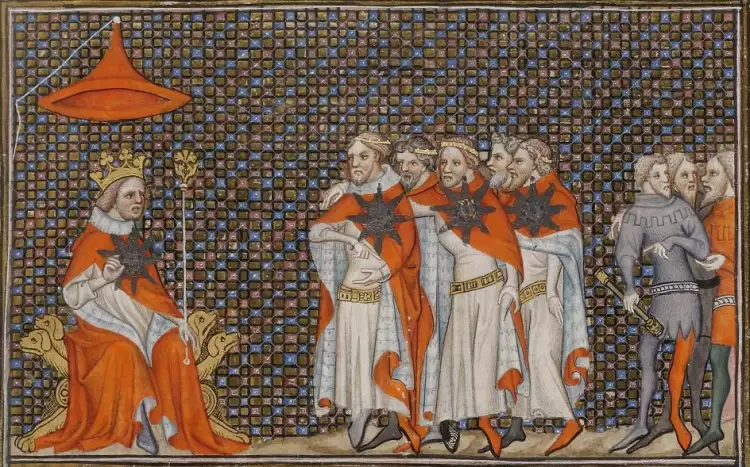
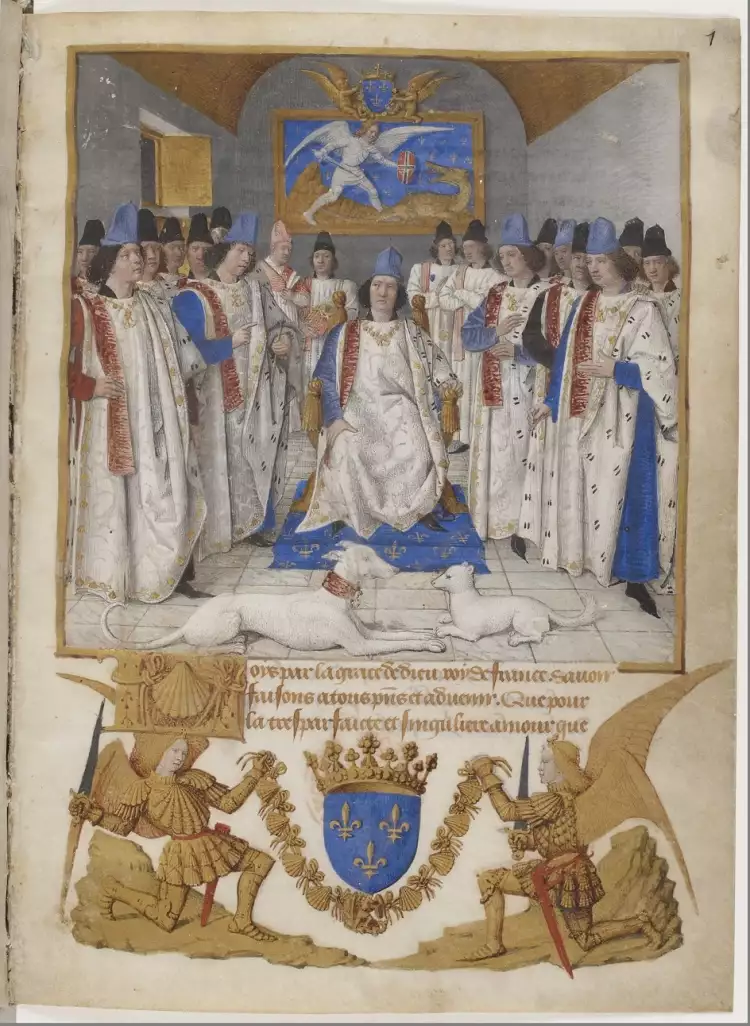
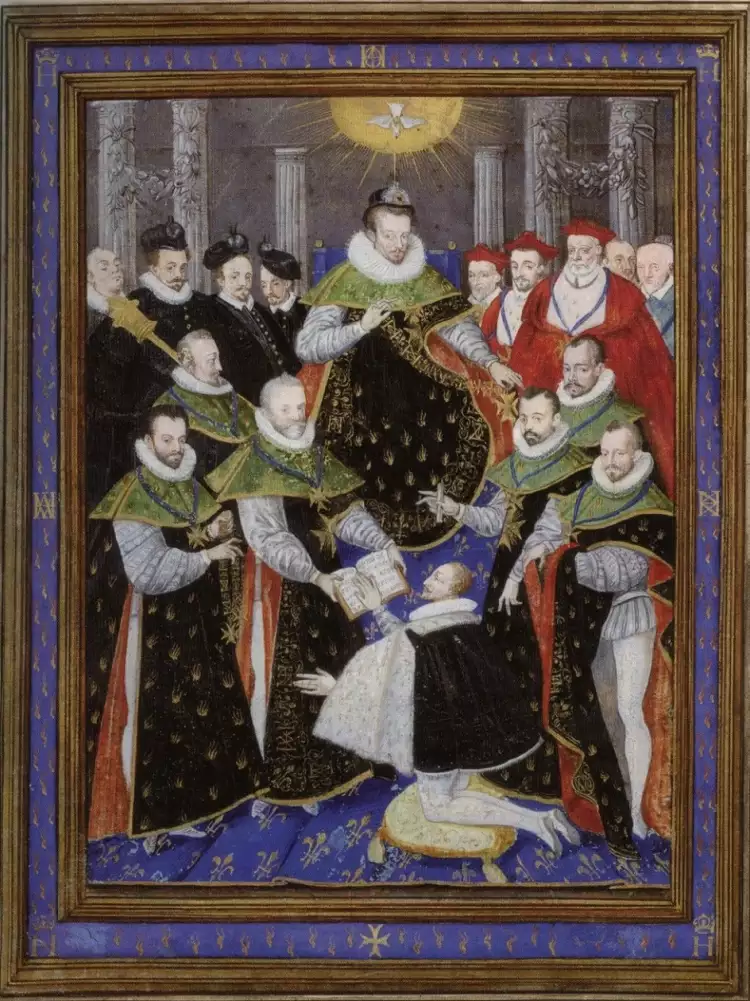
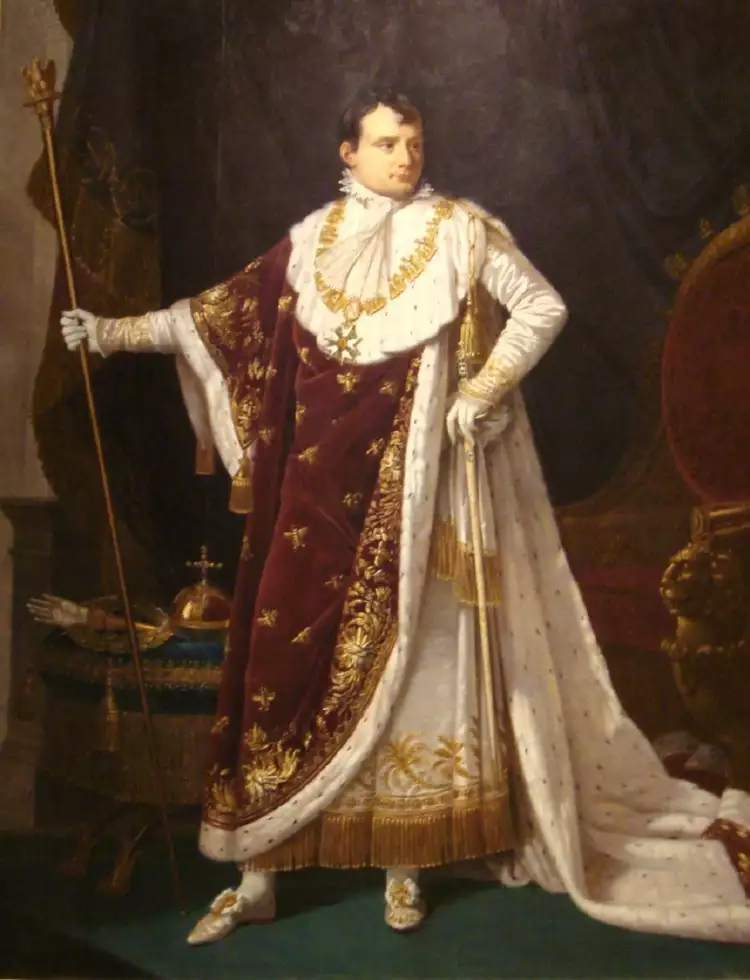
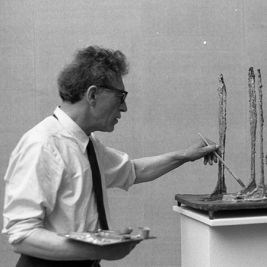 Alberto Giacometti was a great sculptor of the 20th century who relentlessly shattered the stereotypes of art in search of creative self-expression
Alberto Giacometti was a great sculptor of the 20th century who relentlessly shattered the stereotypes of art in search of creative self-expression 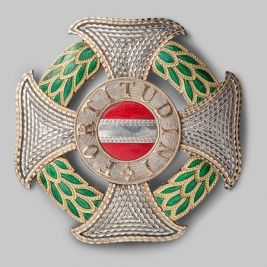 The Military Order of Maria Theresa is the most important officer's award in Austria
The Military Order of Maria Theresa is the most important officer's award in Austria  The Renaissance of Historic Tapestries
The Renaissance of Historic Tapestries  Interior design refers to the internal space of rooms: styles of decoration, classification, and characteristics
Interior design refers to the internal space of rooms: styles of decoration, classification, and characteristics  Neoclassical style in interior design is a modern interpretation of the noble traditions of antiquity
Neoclassical style in interior design is a modern interpretation of the noble traditions of antiquity 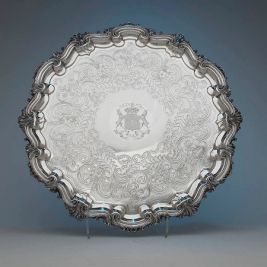 Sheffield silver - exquisite beauty, accessible to ordinary people
Sheffield silver - exquisite beauty, accessible to ordinary people  Silver - a noble metal
Silver - a noble metal  Caspar David Friedrich is the most famous and melancholic romanticist of German painting
Caspar David Friedrich is the most famous and melancholic romanticist of German painting 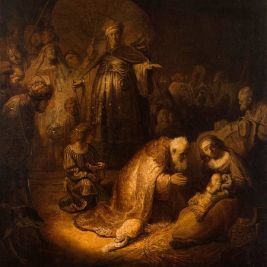 Grisaille is a unique monochromatic art with stunning possibilities
Grisaille is a unique monochromatic art with stunning possibilities 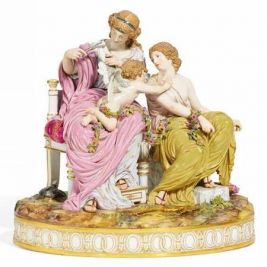 Meissen Porcelain: The History of the Manufactory
Meissen Porcelain: The History of the Manufactory